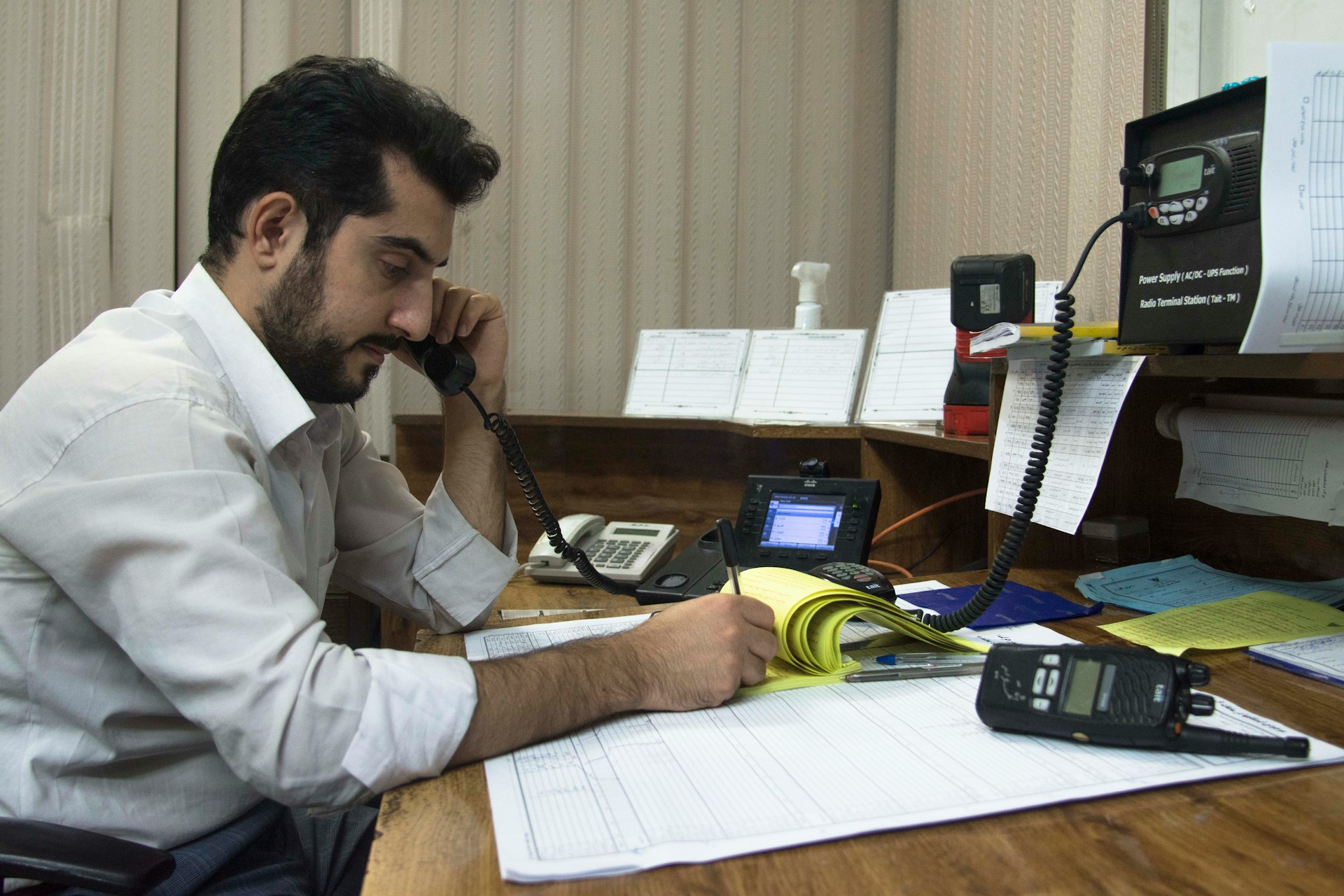
In today’s fast-moving media environment, the Press Information Officer (PIO) role has become more critical than ever. Whether in government agencies, public institutions, or large organizations, PIOs are the vital bridge between the public and the entity they represent. Through skillful communication, message control, and media engagement, these professionals ensure that accurate, timely, and strategic information reaches the public.
The job of a Press Information Officer is no longer limited to sending press releases or organizing press conferences. It now encompasses broader responsibilities, including crisis management, social media oversight, media strategy, and real-time response coordination. PIOs’ influence on shaping public perception, trust, and understanding of events or policies cannot be understated.
Navigating Between the Organization and the Public
At its core, the Press Information Officer manages the information flow. They interpret complex internal developments and translate them into clear, understandable messages for the public. Whether announcing new policies, addressing public concerns, or providing updates during emergencies, the PIO ensures that communication is accurate and strategic.
They serve as the spokesperson or the liaison who interacts directly with journalists, answers queries, and coordinates interviews. By doing so, they control how their organization’s story is told—and more importantly, how it is perceived. Their ability to present information compellingly and credibly helps shape the narrative that surrounds an event, policy, or initiative.
Crisis Communication and Media Strategy
Crisis communication is one of the most high-pressure aspects of the PIO’s role. When an emergency arises—a public health threat, natural disaster, or political controversy—the public looks to official channels for accurate information. In these moments, PIOs must act quickly and effectively to share facts, dispel rumors, and guide public behavior.
Crisis communication is not just about speed—it’s about clarity and empathy. The PIO must understand the gravity of the situation, speak to the audience’s concerns, and ensure that messaging is consistent across platforms. A misstep in communication during a crisis can lead to public panic, mistrust, or misinformation spreading rapidly.
Beyond emergencies, Press Information Officers are also responsible for long-term media strategy. This includes building relationships with media outlets, planning communication campaigns, and proactively managing the organization’s image. Their work involves anticipating potential media interest, crafting key messages, and preparing spokespeople for public appearances.
Mastering the Digital Landscape
The rise of digital media has drastically expanded the responsibilities of a Press Information Officer. Social media platforms like X (formerly Twitter), Facebook, and Instagram are now integral tools for direct communication with the public. While traditional press releases remain essential, they are now supplemented with real-time updates, interactive content, and multimedia storytelling.
PIOs must be tech-savvy and adaptable, capable of responding instantly to developments while maintaining professionalism and tone. They also monitor social media for public sentiment, misinformation, or emerging trends affecting their organization. A successful digital strategy informs and engages the public, builds trust, and creates transparency.
In addition, press officers often manage official websites, online newsletters, and email communication, ensuring consistency in branding, tone, and messaging across all digital channels.
Collaborating Across Departments for Unified Messaging
Effective communication requires seamless coordination beyond the press office. Press Information Officers frequently collaborate with various internal teams—including legal, marketing, operations, and senior leadership—to align messaging with organizational goals and legal guidelines.
This cross-departmental collaboration ensures that information released to the public is accurate, compliant, and strategically sound. For instance, legal advisors may review statements to prevent disclosure of sensitive information, while marketing teams can help tailor messages to fit brand voice and audience preferences.
Additionally, PIOs often lead media training sessions for executives and subject matter experts, preparing them to confidently handle interviews and public inquiries. This internal alignment is crucial for maintaining message consistency and credibility, especially during sensitive or complex situations.
Leveraging Data and Analytics to Enhance Communication
An emerging yet vital aspect of a Press Information Officer’s work is the use of data and analytics to guide communication efforts. Monitoring how the public responds to messages, which channels generate the most engagement, and identifying misinformation trends allows PIOs to fine-tune their strategies.
PIOs can better understand audience needs and concerns by analyzing media coverage, social media interactions, and public sentiment data. This insight helps them craft more targeted messaging that resonates with different demographics or stakeholder groups. For example, if data sparks confusion around a particular policy, the PIO can organize focused outreach to clarify and educate.
Moreover, analytics tools assist PIOs in measuring campaign effectiveness, enabling them to report success and areas for improvement to leadership. This data-driven approach ensures that public communication is reactive, proactive, and continually improving.
Building Public Trust Through Transparency
Ultimately, the work of a Press Information Officer revolves around trust. The public relies on official communicators to provide accurate, timely, and truthful information. Whether delivering good news, managing public expectations, or explaining difficult decisions, the PIO’s communication style directly influences how the organization is perceived.
Transparency is key. Even when all the answers aren’t available, communicating clearly about what is known—and what is still being investigated—helps foster credibility. A skilled Press Information Officer doesn’t just deliver information; they frame it in a way that is accessible, respectful, and grounded.
When people trust the source of information, they are more likely to follow guidance, stay informed, and remain calm in uncertain times. That is why a competent Press Information Officer’s voice and presence are essential in maintaining public confidence.